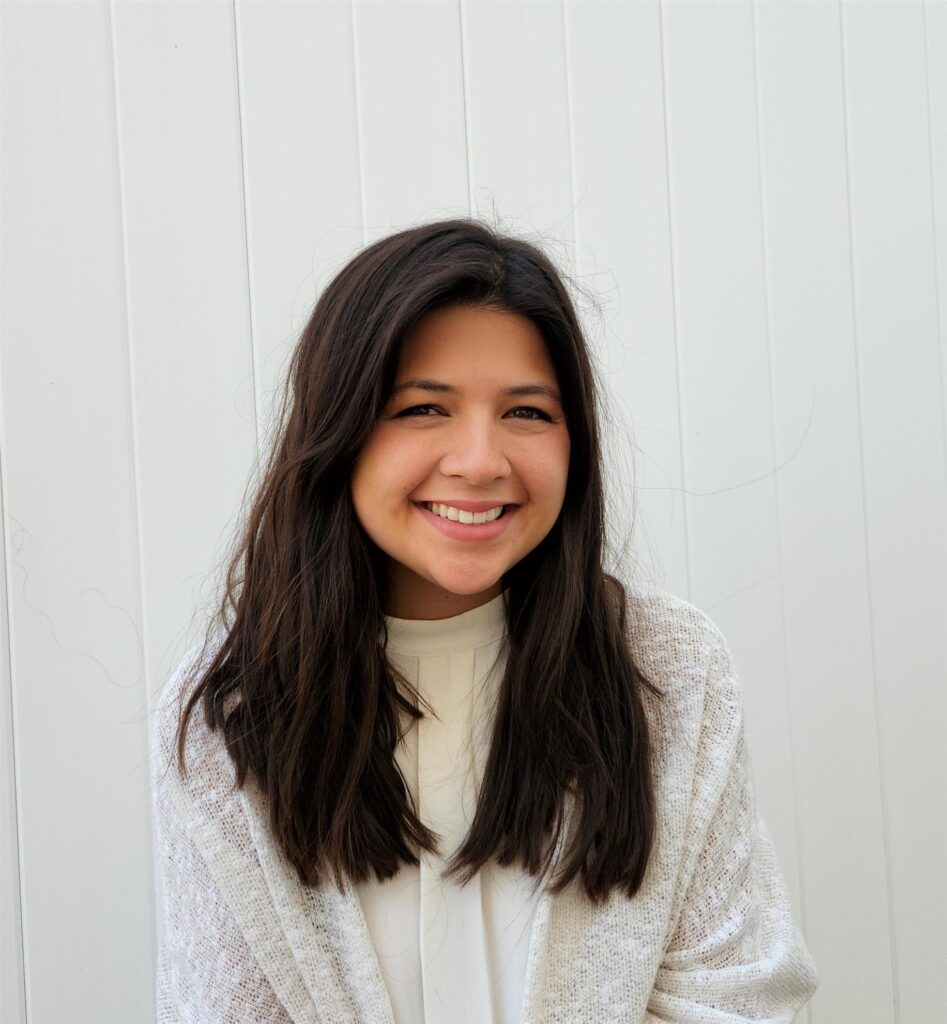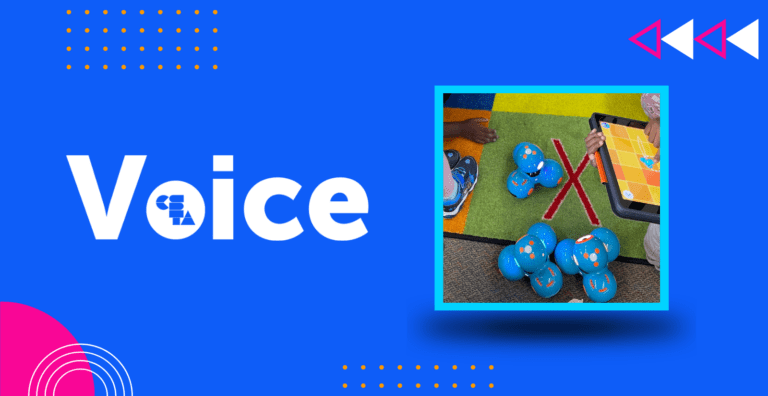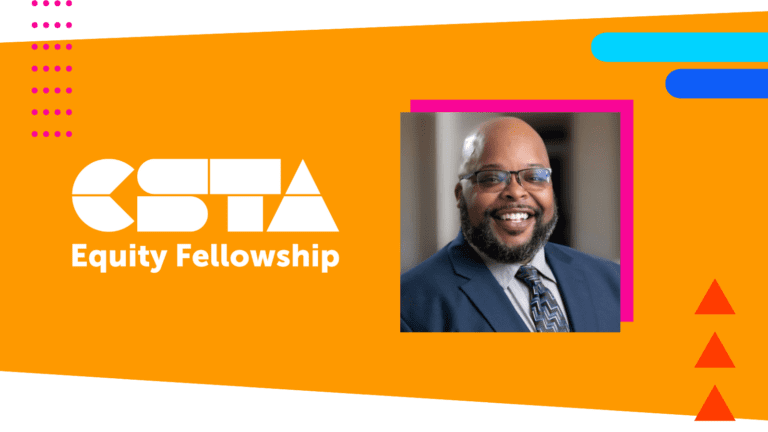Posted by Victoria Berkowitz on Apr 27, 2023

Ever heard of CS for All? What about AP CSP for All? What about AP CSP for All 9th graders? Well, that is what I am doing right now in Mineola, New York!
Full Story
Ever heard of CS for All? What about AP CSP for All? What about AP CSP for All 9th graders? Well, that is what I am doing right now in Mineola, New York!
How is this even possible?
Mineola High School is a public school that values computer science and all the innovation that comes with it. We offer multiple AP CS courses, dual enrollment/college CS courses, and even offer asynchronous CS courses for our learners who are interested in furthering their computer science skills, but may not be able to fit the exact class into their schedule.
Many may be interested in how this came to fruition at our school. Before offering AP CSP for all 9th graders, Mineola High School had offered Exploring Computer Science (ECS) for all 9th graders. Our superintendent, Dr. Michael Nagler, values computer science as much as any other core subject. He recognizes the importance of exposing all of our learners to computer science and preparing our kids best for whichever path they choose after high school. Turning our Exploring Computer Science for all 9th graders into AP CSP for all 9th graders was done so to have a benchmark and accountability, give more kids the opportunity to earn college credit, and defeat the stigma that an AP course or a CS course is only for certain types of kids.
This decision did not happen overnight, and there are a lot of district-wide implementations that moved it along. For example, we have a lot of meetings, curriculum writing, and support for rolling out the course. Because we are teaching all of the 9th grades, the administration supports curriculum writing to ensure we are creating content that can best reach all of our learners. All our AP CSP students are signed up to take the exam, and the school pays for it.
Other factors that are usually small when you have an AP CSP course as a chosen elective become monumental tasks for us as we have an entire grade to consider. For example, when we do the midterm or even the Creative Perfomance Task (this requires in-class field trips, laptops for every kid, and room assignments), it becomes a large undertaking. We, as CS teachers, are not alone, though, as we have a dedicated Assistant Principal, Dr. Lisa Downey, who plans these events and ensures a smooth experience for all involved.
Additionally, our kids start to code in PreK, so we have educators throughout the schools teaching computer science in some way, shape, or form. In addition to this, we have committee meetings that allow all tech/librarian/CS teachers to meet and discuss what our curriculum looks like across the years. This allows us to have great conversations about how we can build on prior knowledge and patch up any gaps. It also gives those younger year teachers the joy of hearing how their teaching has really impacted what the kids are able to do in later grades.
Another huge reason why we are able to accomplish such a task, I think, is due to having multiple computer science teachers. In many high schools, CS teachers are isolated. Our school currently has four teachers who teach CS in a high school of about 1,000 students. This gives us plenty of opportunity to co-create lessons, bounce ideas off each other, and give feedback to help each other grow.
My Experience With It.
Road Bumps
Teaching AP CSP for all to all 9th graders is tough, but comes with its glories. A common road bump for our CS teachers is trying to engage our learners who would have never seen themselves in computer science and would have never chosen AP CSP because it is an AP course. We address this by motivating our kids, and illuminating how computer science is a wonderful opportunity. We have a lesson on CS careers in all the different industries, such as fashion, art, English, etc. And then we also tackle this by making sure we address the non-coding units throughout the year, but in a hands-on and very life-applications way. For example, I taught topics pertaining to cybersecurity by having kids take a phishing quiz, use a behind-the-scenes keylogger, and password cracker to see how easily they could be hacked! For them, seeing that their passwords could be cracked in 33 minutes or how easily they could be scammed through phishing was eye-opening. It also helps our learners realize CS is way more than coding, which can sometimes feel like the case because we do have to prioritize the coding for the Creative Performance Task (a project-based portion of the AP CSP exam).
Besides motivation, I noticed a barrier for these kids is imposter syndrome. So many easily say, “I don’t know anything,” “I don’t belong in an AP class,” or “I don’t belong in a CS class.” In reality, though, I see that these same kids certainly do belong in my classes. I ensure that I relate to these kids through my personal experiences with feelings of inadequacy, not belonging, and not giving myself the credit that I deserve. I talk about this with them and let them know that these feelings are normal, but they are not accurate. Collaboration is a big part of helping this as it lets learners feel accomplished by helping others.
Lastly, teaching equitably is really important for us as teachers since we know that our kids come from all walks of life. Since this course is compulsory, it is critical for us as teachers to know that we can only control the learning that occurs in our classrooms and not necessarily at home. Because of this, we always make a point to offer the kids starting time in class for coding assignments and projects. This ensures they get the time to ask us questions or peers questions so they have some ground to work on for when they get home.
Roses
The really beautiful thing about teaching this course, specifically to all 9th graders in our school, is to see how many kids actually enjoy computer science who would have never opted to take the course. After our first year of doing AP CSP for all 9th graders, we had double the amount of learners interested in AP CSA than we have had any other year. Another great rose for me is the Creative Performance Task (CPT). The CPT is part of the AP CSP exam, which accounts for 30% of students’ AP exam score. It is a project that entails coding a program that meets certain requirements and then a written response where students are required to write about the purpose, functionality, and more technical explanations of their code. While this might be one of the most stressful parts of the year because we cannot help our kids, it is so awesome to see them grow. It is really interesting to see how kids own their projects and how proud they are of what they make. To see a kid who came in at the beginning of the year say, “I’m never going to pass this class,” and then exclaim to me that they made their project do _____ is so rewarding.
Another big win for me is seeing how many kids are able to move from only needing help, to sharing their newfound knowledge by being a helper in some capacity for someone else. Especially during the CPT, overhearing collaborative partners and one saying to the other, “You aren’t calling your procedure, dude,” is music to my ears. Or hearing the questions that partners ask each other shows me how much they have learned. Our kids feel extremely accomplished after finishing their code and their written responses, and we make sure we honor and recognize their hard work and share that joy.
Something else that is a rose for me is seeing how much stronger these kids are when going into further computer science courses. While scores are not the end all be all, after our first year of offering AP CSP for all 9th graders, we saw the number of learners at our high school earning college credit for AP CSP double. Additionally, our CS teachers, including myself, are seeing our kids coming into these electives and more advanced CS courses with solid foundational skills that they picked up from APCSP.
About the Author

Victoria is a software developer turned CS teacher. She works at Mineola High School, where she teaches Game Maker, Robotics, and AP CS Principles. She loves all things teaching, whether it be in public schools, volunteering, or children’s ministry.
Connect with her on Twitter @v_berkowitz.



